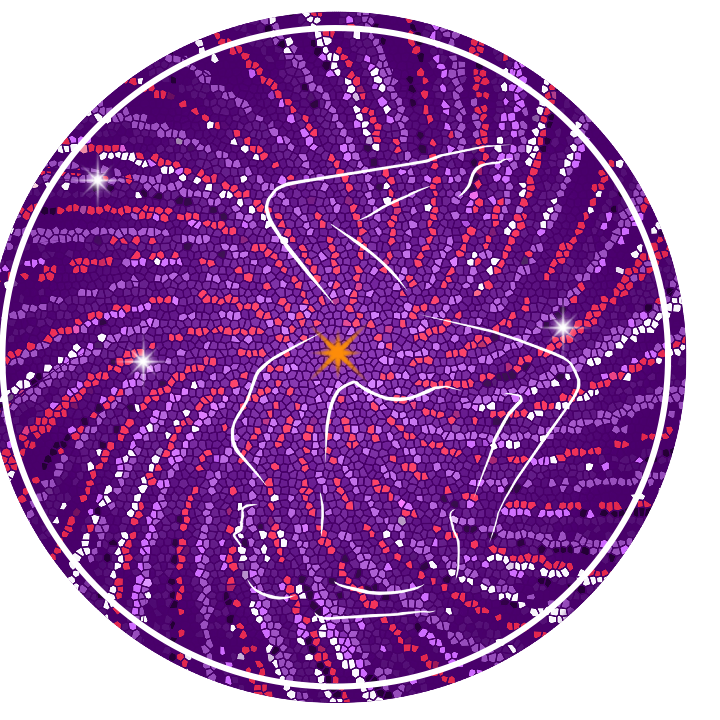Despite the initial thought of 108 Sun Salutations - such a practice leaves you with an amazing feeling of lightness and deep cleanse of the mind and body it makes it the perfect practice for the summer equinox.

Each round of the traditional ashtanga yoga Surya Namaskar A is composed of a series of 9 asanas (postures) featuring co-ordinated breath with movement to build strengthening with amazing stretches for every major muscle group in the body as the body glides through 972 yoga poses in all, if 108 rounds are completed.
The main focus of the practice is participation to create the energy through synchronized sound and movement with the group during this powerful, dynamic moving meditation to finish with a feeling of empowerment from the whole process. So, the completion of 108 is not as important – but the energy, vibe emotional and physical cleanse that one gains is. For others, it is simply about the challenge.
Suryanamaskaram (Traditional Sun Salute)
The practice of Sun Salutations welcomes the change of seasons and honours the sun on the ‘longest’ day of the year. By honouring the sun in this way, we also honour the light that shines within ourselves.
Suryanamaskaram is the first chapter in the aranyaka portion of the Yajur Veda (taittiriya). It is also known as Aruna Prapathaka. There are 32 sections subdivided into 132 paragraphs. It is the longest chapter in the Yajur Veda.
It takes about an hour to chant and it is customary to do this at dawn on a Sunday morning, facing toward the sun deity. Each of the 32 sections would be followed by a round of vinyasa krama of suryanamaskaram. Sri Krishnamacharya chanted this and taught it to his students.
The sun is called mitra, the universal friend and performing this ritual is believed to bestow good health. The Rig Veda describes the Sun as: The remover of all weakness,Healer of all illness, Lord of all that stands and goes,He slays the demonsAnd guards the worshippers.
Ramaswami says that;
“I had the privilege of studying and chanting with my guru on innumerable Sundays at his house. In my last class with him in 1988, we chanted suryanamaskaram together. He was in bed, incapacitated after a fall, but with a booming voice he chanted the entire chapter from memory. That day he blessed me and wished me well.”
Ramaswami would introduce the practice and teach the asana sequences with correct breathing. This will be followed by learning the 12 surya mantras. Then participants will practice the sequences with Ramaswami’s chanting verses from the Yajur Veda.
https://www.youtube.com/watch?v=73n0qrecPvEWHY 108?
Why 108?
The significance of the number 108 is an auspicious number, open to interpretation but it has long been considered a sacred number in Hinduism and yoga.
Originally there were 54 sounds in the Sanskrit alphabet. Double 54 and you get 108
108 is also the number of beads in the mala (meditation prayer beads).
There are 108 Upanishads, the sacred Vedic texts.
108 is also 9 times 12, two propitious numbers in Indian culture.
BENEFITS OF SURYA NAMASKAR
Surya Namaskar is part of Hatha Yoga (the “physical” part of Yoga). Sun Salutation has multiple mental and physical benefits. Regular practice of Sun Salutation benefits your body with:
Increased blood oxygenation by copious lung ventilation and this is great news for your heart.
Stretches and tones your muscles keeping them supple and flexible.
Clears your elimination channels helping your body rid itself of toxins. This is especially good in the morning after many hours of lack of movement during sleep (the lymphatic system eliminates toxins through movement).
Stimulates and tones your endocrine system (especially the Thyroid, the master gland that controls all the other glands).
Tones the internal abdominal organs by alternate stretching, compression cycles that results in better digestion and bowel movement.
Increases spine and waist flexibility.
The mental benefits of Sun Salutation are similar with meditation. They help to:
Increase your mental focus and concentration.
Reduce depression, anxiety and stress by reducing key markers like cortisol.
Increase the quantity of “good mood” neurotransmitters like serotonin.
There tends to be a lot of mixed emotions on the day relating to taking on the challenge.
Simply, the thought of 108 chaturangas - hovering into upward dog 108 times - jumping our feet together 108 times, inhaling and exhaling on cue can be quite daunting. After the first 50 rounds, people can start to feel tired as it becomes more difficult to move with the breath and continue breathing in ujjayi. It can be a surreal experience, as the groups' energy take you beyond what you believe is possible. And before long that extra surge of energy overtakes and 108 rounds are completed.
At the end in the amazing savashana the mind has time to reflect on the emotional ups and downs and the change in energy and that wonderful Aaaah feeling at the end .... you could feel it all! The relief, sense of achievement and cleansing at the end is great. Of course as with all yoga activities, you stay in the moment and only do what the mind and body will allow.
So, the practice is also a nice way to welcome the new season and all the change that lies ahead.
Do108, do 30 do 8. Do what you can. The quantity is not important. The important thing is the courage to explore, to be part of the group, and experience the energy and the breath. If 108 is not possible, simply sit back and enjoyed watching others.
“It was so beautiful to see the dedication of others and watching them breathe to the rhythm of everyone else. Meditation in itself” noted by first time practitioner.






Comments